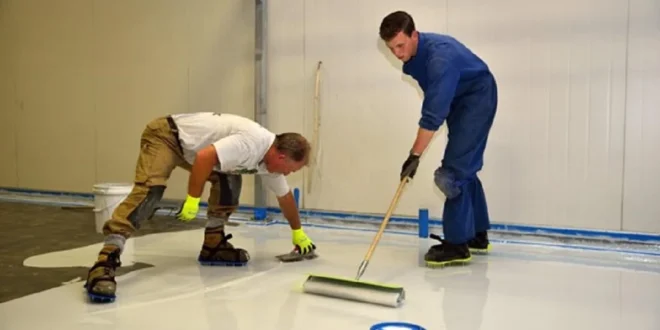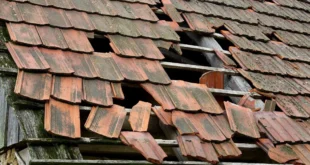Poly coating is a well-known floor coating that is commonly used to protect floors from wear and tear. It is easy to apply and provides excellent protection against wear and tear, making it a popular choice for both residential and commercial settings.
However, like any other product or process, there are common mistakes that can compromise the effectiveness and durability of poly coating. In this article, we will discuss these mistakes and provide tips on how to prevent them for optimal results.
Read on!
Insufficient Surface Preparation
Proper surface preparation is crucial for the success of any coating application, including poly coating. Inadequate preparation can lead to poor adhesion, resulting in peeling and flaking of the coating over time.
To avoid this mistake, it is essential to thoroughly clean and degrease the surface before applying poly coating. Any dirt, oil, or old coatings must be removed to ensure a clean and smooth surface for the coating to adhere to properly.
Overlooking Moisture Issues
Moisture is another common enemy of polycoating. Before applying the coating, it is crucial to check for any moisture issues such as leaks or dampness in the concrete. Moisture can cause bubbles and blisters in the coating, leading to a weak and ineffective finish.
To prevent this mistake, it is necessary to address any moisture issues before applying poly coating. This may involve fixing leaks, improving drainage, or using a moisture barrier before coating.
Not Stirring the Polyurethane Thoroughly
Polyurethane is the main ingredient in poly coating, and it tends to separate when left sitting for some time. Not stirring the product thoroughly before application can result in uneven coverage and a weak finish.
To prevent this mistake, be sure to stir the polyurethane thoroughly before use. This will ensure an even distribution of the ingredients and a more durable coating.
Applying Too Thick a Coat
While it may seem like applying a thicker coat will provide better protection, this is not the case with poly coating. Thick coats take longer to dry and can result in bubbling and uneven coverage.
To avoid this mistake, follow the manufacturer’s instructions for the recommended thickness of the coating. In most cases, multiple thin coats are more effective than one thick coat. So if you want to take advantage of the cost of polyaspartic flooring that you spent, make sure to follow these instructions.
Inadequate Ventilation
Proper ventilation is necessary when working with poly coating. The fumes from the product can be harmful if inhaled, and inadequate ventilation can also affect the drying process.
To prevent this mistake, always work in a well-ventilated area and consider using a respirator mask for added protection.
Not Sanding Between Coats
For optimal results, it is essential to sand between coats of poly coating. This helps to create a smooth surface for the next coat to adhere to, resulting in a more even and durable finish.
To prevent this mistake, be sure to lightly sand the surface with fine-grit sandpaper before applying each coat of polyurethane.
Avoid Mistakes When Applying Poly Coating
Poly coating is an excellent choice for protecting floors, but it is crucial to avoid these common mistakes for optimal results. Remember these tips and work in a well-ventilated area.
By following these tips, you can ensure a durable and effective floor coating that will last for years to come.
Should you wish to explore more topics, visit our blog. We’ve got more!
 SlushWeb Bringing Facts to Light
SlushWeb Bringing Facts to Light



